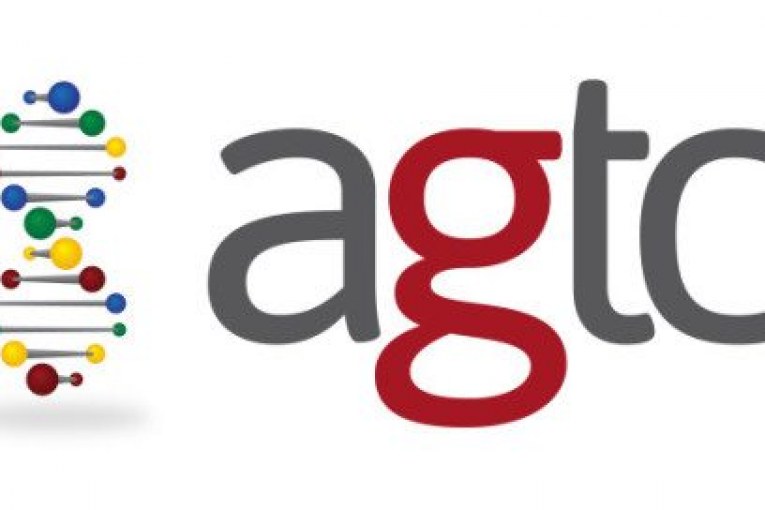
Applied Genetic Technologies Corporation, commonly referred to as AGTC, is an Alachua County based company that rose to national prominence when a collaboration deal with pharmaceutical giant Biogen was announced last summer. Shares of AGTC are publicly traded on the NASDAQ market and the company is worth $226 million, according to October 23 market closing data.
According to filings with the Securities and Exchange Commission AGTC entered into a broad collaboration and license agreement with Biogen to develop gene-based therapies for multiple ophthalmic diseases. Biogen has made an upfront payment to AGTC in the amount of $124.0 million, which includes a $30.0 million equity investment and certain prepaid research and development expenditures.
According to Larry Bullock, AGTC chief financial officer, this is a new relationship.
Biogen and other large pharmaceutical companies often look for outside expertise when trying to develop products to treat medical conditions. Biogen will be granted a license to the XLRS and XLRP programs and the option to license discovery programs for two additional ophthalmic indications and one non-ophthalmic indication at the time of clinical candidate selection, according to the quarterly reports.
These conditions, also known as Retinoschisis, are vision loss due to the splitting of retinal layers and retinal deterioration due to a mutation in the retinoschisin (RS1) gene, according to the Foundation for Fighting Blindness.
The foundation has awarded research grants to AGTC totaling $3.8 million. The company’s research is used to develop products to treat what AGTC refers to as “orphan indications”. These conditions usually affect a very small number of patients and it is often necessary for governmental subsidies to make the research worthwhile.
According to Thomson Reuters in their 2012 publication “The Economic Power of Orphan Drugs”, there has been increased investing in orphan drug research and development partly due to the U. S. Orphan Drug Act (ODA) 1983 and similar acts in other regions of the world and also driven by “high-profile philanthropic funding.”
AGTC doesn’t sell its products to end users. The company licenses its research and products to large pharmaceutical organizations, like Biogen. In return for the investments and sometimes an infusion of capital, the long lead time it takes to develop a viable product makes sense.
“Gene therapy is a technology that’s coming of age and into its own,” adds Bullock.
But that process takes time. It’s not abnormal, according to Bullock, for commercialization to take 10 to 15 years of research and development. That being said, he adds that AGTC has a very deep pipeline of potential products.
When asked about product development, Bullock said that there are 260 known genetic causes of blindness.
“We would also be looking at programs where the disease being treated has a large enough patient population that there would be adequate financial returns for the investment of resources,” the company’s reports reveal.
The company also has deep ties to the University of Florida where all of the AGTC founders spent parts of their careers. Three of the founders are still UF faculty members. There are many agreements active with the university that license patents and other products developed as medical inventions.
AGTC currently has five license agreements with the University of Florida Research Foundation where the foundation will receive cash and equity payments as research, product development and regulatory milestones are measured and met.
Comparing a midstream company like AGTC to normal research and manufacturing operations is complicated because their products require partnerships to get to end users – in many instances, patients with impaired vision. That’s why the news about the relationship with Biogen and the University of Florida are so significant.




